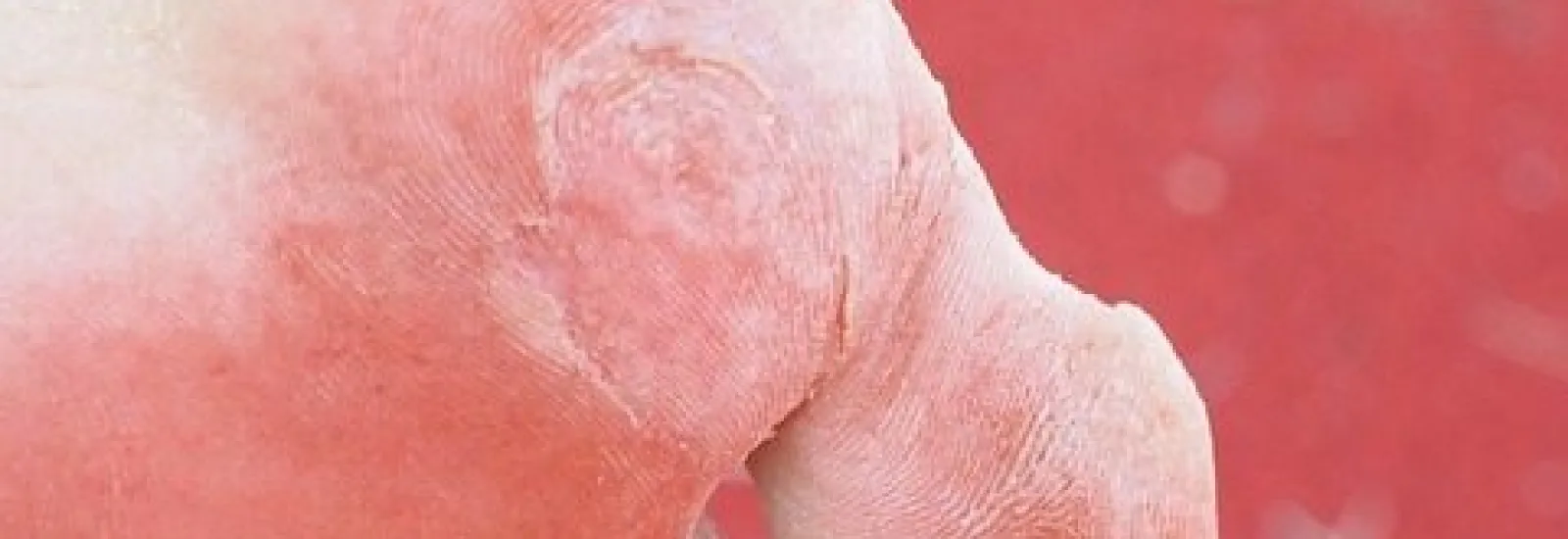
Is it a diabetic foot sore? Learn the early signs
A diabetic foot sore is one of the most common wounds people with diabetes develop occurring in about 15 percent of people according to the American Podiatric Medical Association (APMA). These foot sores or ulcers are open wounds that can lead to infection.
According to the APMA diabetic foot sores cause the majority of diabetes-related amputations. If you wait for pain though you may discover the problem too late. Many people with diabetes develop neuropathy where nerve damage limits your ability to feel pain or other sensations in your foot.
People who take insulin smoke or are obese are at higher risk of developing a diabetic foot sore.
Knowing the symptoms
Sores develop from pressure and poor circulation and typically show up under your big toe or on the ball of your foot. Regularly check your feet for visual signs. Other early symptoms include:
- A spot on your socks from drainage
- Redness or swelling
- Atypically bad odor
As the American Diabetes Association notes blisters calluses and dry flaky skin are common in people with diabetes which can sometimes make it hard to notice a sore. If you notice blisters that aren’t healing stay off your feet and make an appointment with your doctor. They may be able to treat the problem or refer you to a wound healing specialist.
Getting help
If you can’t get to a doctor right away make sure that you’re wearing comfortable well-fitting shoes and specialty diabetic socks (which you should be able to find at your local pharmacy) to help prevent the wound from worsening until you can get treated.
Managing your diabetes and other health conditions quitting smoking and taking care of your feet are some good ways to prevent a sore and speed healing. For more pointers Reid Health offers a diabetes management program for tips on living with diabetes and ways to prevent complications.
Image source: Pixabay


